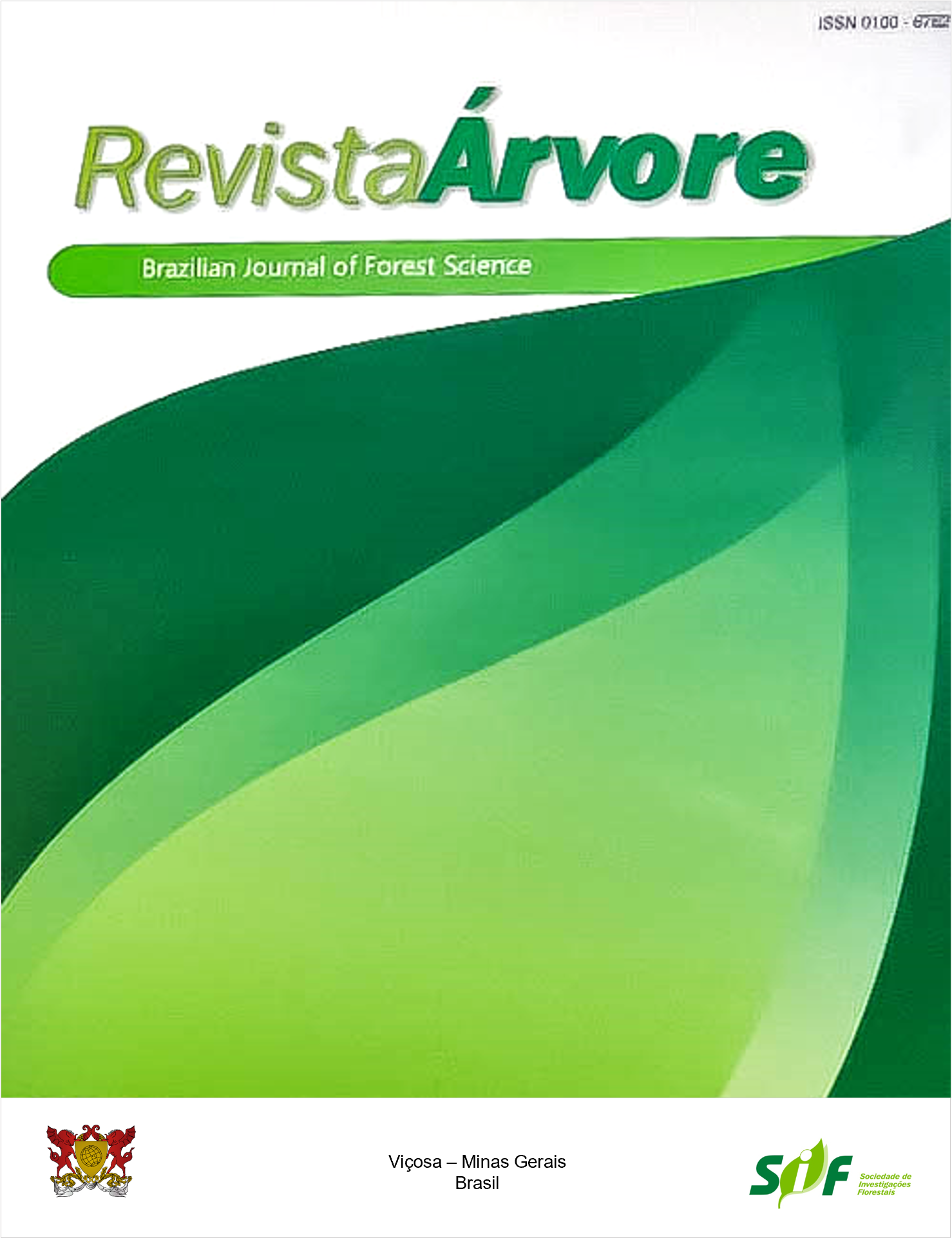GERMINATION AND POST-SEMINAL DEVELOPMENT OF Melaleuca alternifolia (MAIDEN & BETCHE) CHEEL
Keywords:
Seedlings, X-rays, SeedsAbstract
There is little information regarding the germination pattern, seed characterization, and seedling development of Melaleuca alternifolia. This study aimed to determine the ideal temperature for the germination of M. alternifolia seeds, as well as to characterize the seeds and the post-seminal development of the species. Three lots of M. alternifolia seeds were placed to germinate at 20, 25, 20-30, 20-35, 30, and 35 °C, with daily evaluations to determine germination rate, germination speed index (GSI), speed of germination (SG), and mean time for germination of 50% (t50) and 100% (t100) of seeds. The inner morphology of the seeds was evaluated through X-ray images and seedling morphology by photographs. Alternating temperatures (20-30 and 20-35 °C) led to germination rates higher than the other temperatures. The GSI had the lowest values at the constant temperature of 20 °C and the highest values at the constant 30 °C for all the lots. The SG was lowest at a temperature of 20 °C and the highest at the temperature of 35 °C. At alternating temperatures (20-30 and 20-35 °C), t50 was around 5 days and t100 reached 16 days. In conclusion, the alternating temperatures of 20-30 °C and 20-35 °C are recommended for germination of M. alternifolia, and final evaluation can be performed at 16 days after sowing. The inner structures of seeds could be visualized by X-ray analysis, and full seeds could be distinguished from empty seeds and impurities. Seeds exhibit epigeal germination and seedling development is stabilized after 30 days.
Keywords: Seedlings; X-rays; Seeds
Downloads
Published
How to Cite
Issue
Section
License
Copyright (c) 2021 Revista Árvore

This work is licensed under a Creative Commons Attribution 4.0 International License.
All authors agreed to submit the work to Revista Árvore and granted the exclusive license to publish the article. The authors affirm that it is an original work and has not been previously published elsewhere. The scientific content and opinions expressed in the article are the sole responsibility of the authors and reflect their opinions, not necessarily representing the opinions of the editorial board of Revista Árvore or of the Society of Forest Investigations (SIF).




